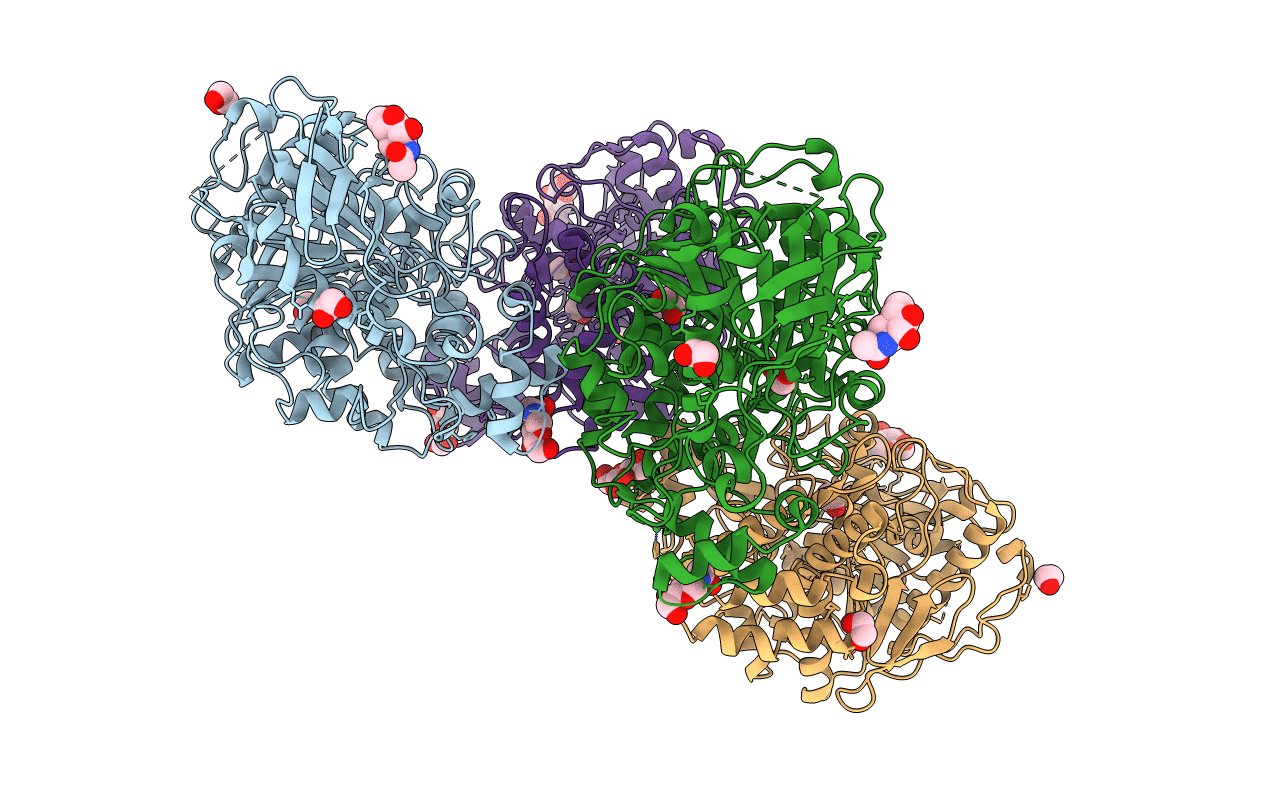
Deposition Date
2007-12-01
Release Date
2007-12-18
Last Version Date
2024-10-16
Entry Detail
PDB ID:
3BIX
Keywords:
Title:
Crystal structure of the extracellular esterase domain of Neuroligin-1
Biological Source:
Source Organism:
Rattus norvegicus (Taxon ID: 10116)
Host Organism:
Method Details:
Experimental Method:
Resolution:
1.80 Å
R-Value Free:
0.20
R-Value Work:
0.18
Space Group:
P 32


